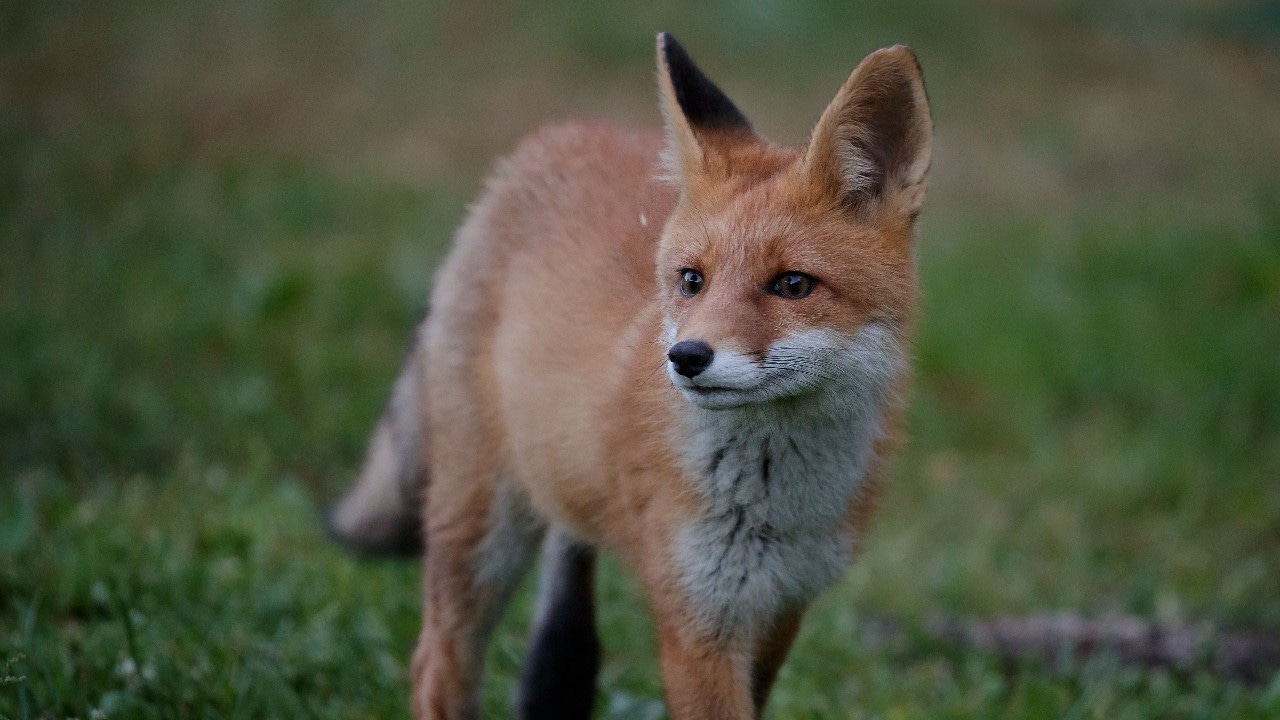DNR: Fox in Anoka County 1st wild mammal to test positive for bird flu in Minnesota

(Creative Commons Photo)
A wild fox in Anoka County tested positive for bird flu, the Minnesota Department of Natural Resources announced Wednesday. It’s the first known wild mammal in Minnesota to contract the strain that has forced farmers to cull millions of poultry across the U.S.
The University of Minnesota Veterinary Diagnostic Laboratory discovered the fox and alerted the DNR. The National Veterinary Services Laboratory later confirmed the highly pathogenic avian influenza diagnosis.
Read KSTP’s full bird flu coverage
The first North American cases of HPAI in wild mammals were detected in two red fox kits last week in Ontario, Canada. The DNR said in light of these cases, it will begin routinely testing wild foxes for HPAI when they display neurological symptoms.
Two weeks ago, a prison inmate in Colorado became the first person in the U.S. to test positive for bird flu. The man was helping remove chickens from an infected farm.
The DNR warns that this year’s strain of avian influenza is deadlier and more aggressive than the strain circulated in 2015. According to data from the state Board of Animal Health, nearly 2.9 million birds across Minnesota have been infected with the virus.
So far this year, nearly 200 wild birds have tested positive for avian influenza in Minnesota, according to DNR wildlife health program supervisor Michelle Carstensen.
“Wild animals can sometimes transmit diseases to humans, and while we typically think of rabies or other well-known diseases as the primary concerns, this shows that there are other risks to keep in mind as well,” said Dr. Joni Scheftel, state public health veterinarian with the Minnesota Department of Health.
Scheftel advised Minnesotans to avoid wildlife that appears to be sick or injured and said anyone who is bitten or comes in close contact with a wild animal should get in touch with a doctor.
Anyone who sees a sick or dead wild bird should contact the DNR. More information on HPAI is available on the DNR’s website.